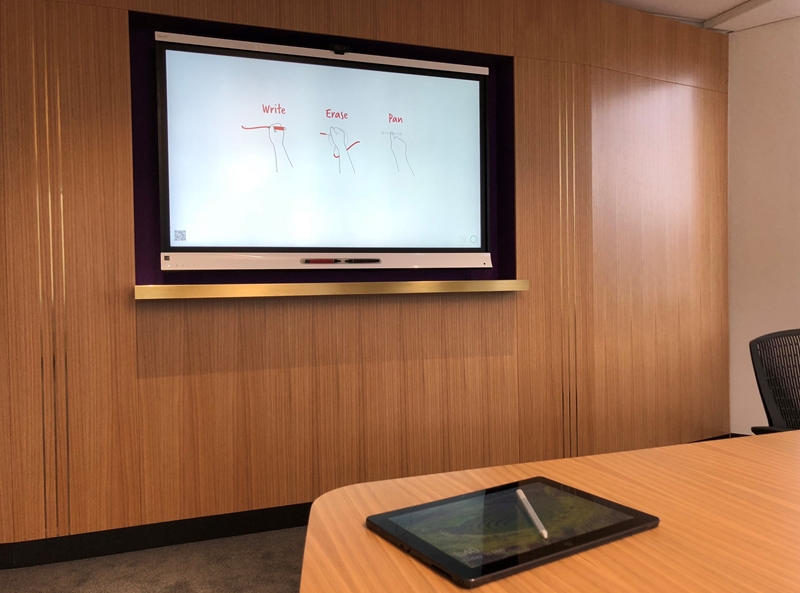Are you embracing technological flexibility in your workplace?
In 2018, the amount of choice in the technology we use in our personal lives is unprecedented. Wallets are digitised, we can control the heating in our homes remotely from our mobile phones, we can even watch 3-D films in our living rooms. Yet despite this high degree of choice in the type of tech – as well as the brands and systems – we use at home, when it comes to work, we are lagging behind.
Outdated systems and hardware
Many of us are still tied to our desks, using outdated operating systems and hardware that we’ve had no say in choosing. A lot of these systems aren’t only troublesome for the user, but are also posing significant threats to the companies we work in. Between 70 and 80 per cent of the top 10 malware detected by companies could be avoided if they weren’t using outdated systems, Microsoft reports.
This lack of technological flexibility at work sits in direct opposition to the majority of businesses’ commitment to flexible workplaces. A New Zealand Ministry of Social Development report found that the most common flexible work arrangements in this country are the ability to take time off, as well as change working hours.
 JacksonStone works hard to keep its hardware and systems up-to-date.
JacksonStone works hard to keep its hardware and systems up-to-date.Committing to flexible work
The ability to choose the technology we use at work is rarely seen among flexible working arrangements. Yet how many times do you hear employees complain that their laptops are slow, or they don’t have the equipment they need to carry out their job effectively? Technological flexibility would solve this.
There are several ways CEOs and leaders can introduce technological flexibility into the workplace:
- Introduce a technology budget – this would allot each employee a specific amount of money that they could use to buy the laptops and equipment that they want to use at work.
- Bring your own device programmes – whereby employees can bring their own laptops or tablets into work, depending on what they work best on. Note however, with BYOD comes added security risks, we recommend checking all devices for these risks or requiring the devices to have been manufactured by specific, security-conscious brands.
- Developing mobile-friendly systems – 64 per cent of respondents to Deloitte’s 2017 Millennial survey said they can choose the location in which they work. Make this even more flexible by developing platforms that can be used on mobile phones as well.
For those thinking these measures sound expensive, the advent of SaaS (software as a service), particularly on the cloud, actually means introducing technological flexibility could be cheaper than carrying on with outdated systems. SaaS involves paying a subscription fee, and then expanding this as your business grows.
87 per cent of respondents to a Syndeo survey see flexible work as improving employee satisfaction. If we are to truly commit to flexible work, this has to include technological flexibility as well.
Contact us today for more information on JacksonStone’s executive recruitment services.



